By Terry Sovil from the September 2011 Edition
The Cortez Angel
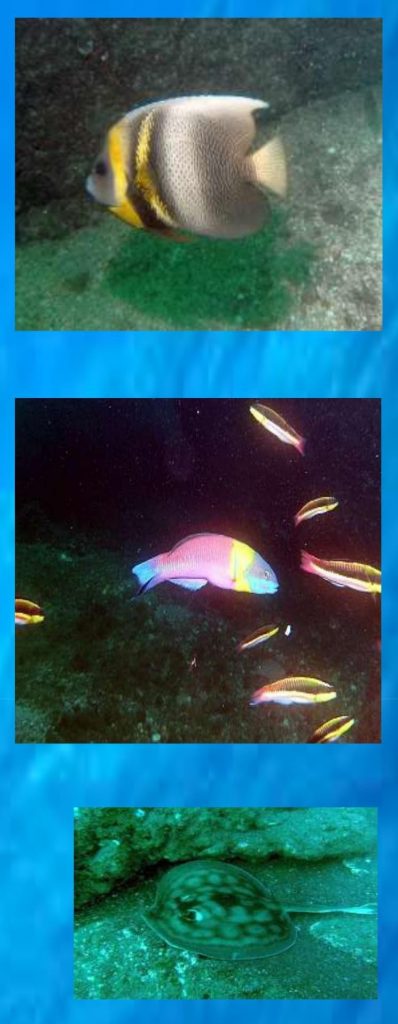 The Cortez Angelfish can be found at depths from 10-100′. They are gray becoming charcoal at the rear of their body. They are found along the Baja down to Panama. They are usually solitary but frequently can be seen in pairs.
The Cortez Angelfish can be found at depths from 10-100′. They are gray becoming charcoal at the rear of their body. They are found along the Baja down to Panama. They are usually solitary but frequently can be seen in pairs.
The juvenile Cortez Angelfish has six curving yellow bands from snout to tail with narrow blue bands between. In transition from juvenile to adult there is a mix as shown in the photo. The juvenile is 1-3″ in length and the transitional stage they are from 4-7″.
These fish are generally not concerned with divers and are often curious. You can approach them if you move slowly and in a non-threatening manner. They are in the family of Angelfishes. They feature a yellow body bar bordered by black bars behind the pectoral fin. Their size is 8-14″ with a maximum size of 18″
.
Cortez Rainbow Wrasse
The Cortez Ranbow Wrasse inhabits rocky reefs and slopes most commonly between 10-40 feet. They are abundant to common in the Gulf of California and southern Pacific Coast of Baja down to Panama. They can be somewhat wary and will usually move away but can be approached by moving into their direction of travel. They are from the family of Wrasses.
Their features include a Terminal Phase with wide yellow saddle patch behind the head and above the pectoral fin base and a blue to purple head. Their body varies from violet reddish green; blue dorsal, anal and tail fins. During this phase they are solitary and mate one on one with females.
Their Initial Phase has a bright yellow mid-body stripe.
In their Juvenile Phase they display a yellow with wide black lateral stripe and another on their back below their dorsal fin. They display a dark upper body and pale pinkish underside. Both sexually mature females and males cluster in large aggregations
near reef tops where they spawn in large groups by suddenly rushing upward and forming into a tight ball just before releasing white puffs of gametes. During this phase they also clean other fishes of parasites and debris
Cortez Stingray
The Cortez Stingray is common in the Gulf of California and coast of Baja. They are solitary and inhabit sand, mud and rubble bottoms, often near reefs. They feed primarily on worms and crustaceans. They tend to ignore divers but will bolt when closely approached. They can be found in depths from 0′ to 100′.
They are from the family of Round Stingrays. Their features include a brownish disc covered with large black spots and light buff circular blotches. Whitish pupil cover of their eye has a three pronged shape.
Tan to brownish gray with scattering of small dark spots. Their size varies from but is commonly 16.5″ through the disk
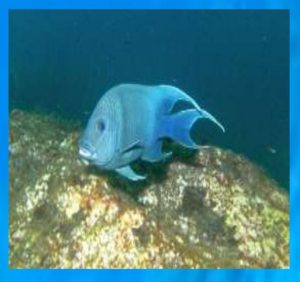 The Giant Damsel.
The Giant Damsel.
The Giant Damsel fish have a large, somewhat elongated, disk-shaped body. They are bluish gray to gray. Breeding males fore bodies are silvery gray. These fish are common in the Gulf of California and the southern Pacific coast down to Panama. They are generally solitary and inhabit boulder-strewn reefs and slopes with good water movement and algae growth. They are territorial and will attempt to chase away intruders. They are especially aggressive when guarding nests during breeding season. They can be seen most commonly in depths of 10 to 25′.
They are part of the family of Damselfishes.
Their features include long, trailing tips on dorsal, anal and tail fins, often with thin, pale blue to white borders. Juvenile have a few scattered brilliant iridescent blue spots on back and nape. They grow from 6 to 10″ with a maximum of 12″,
Download the full edition or view it online
—
Terry is a founding partner and scuba instructor for Aquatic Sports and Adventures (Deportes y Aventuras Acuáticas) in Manzanillo. A PADI (Professional Association of Dive Instructors) Master Instructor in his 36th year as a PADI Professional. He also holds 15 Specialty Instructor Course ratings. Terry held a US Coast Guard 50-Ton Masters (Captain’s) License. In his past corporate life, he worked in computers from 1973 to 2005 from a computer operator to a project manager for companies including GE Capital Fleet Services and Target. From 2005 to 2008, he developed and oversaw delivery of training to Target’s Loss Prevention (Asset Protection) employees on the West Coast, USA. He led a network of 80+ instructors, evaluated training, performed needs assessments and gathered feedback on the delivery of training, conducted training in Crisis Leadership and Non-Violent Crisis Intervention to Target executives. Independently, he has taught hundreds of hours of skills-based training in American Red Cross CPR, First Aid, SCUBA and sailing and managed a staff of Project Managers at LogicBay in the production of multi-media training and web sites in a fast-paced environment of artists, instructional designers, writers and developers, creating a variety of interactive training and support products for Fortune 1000 companies.
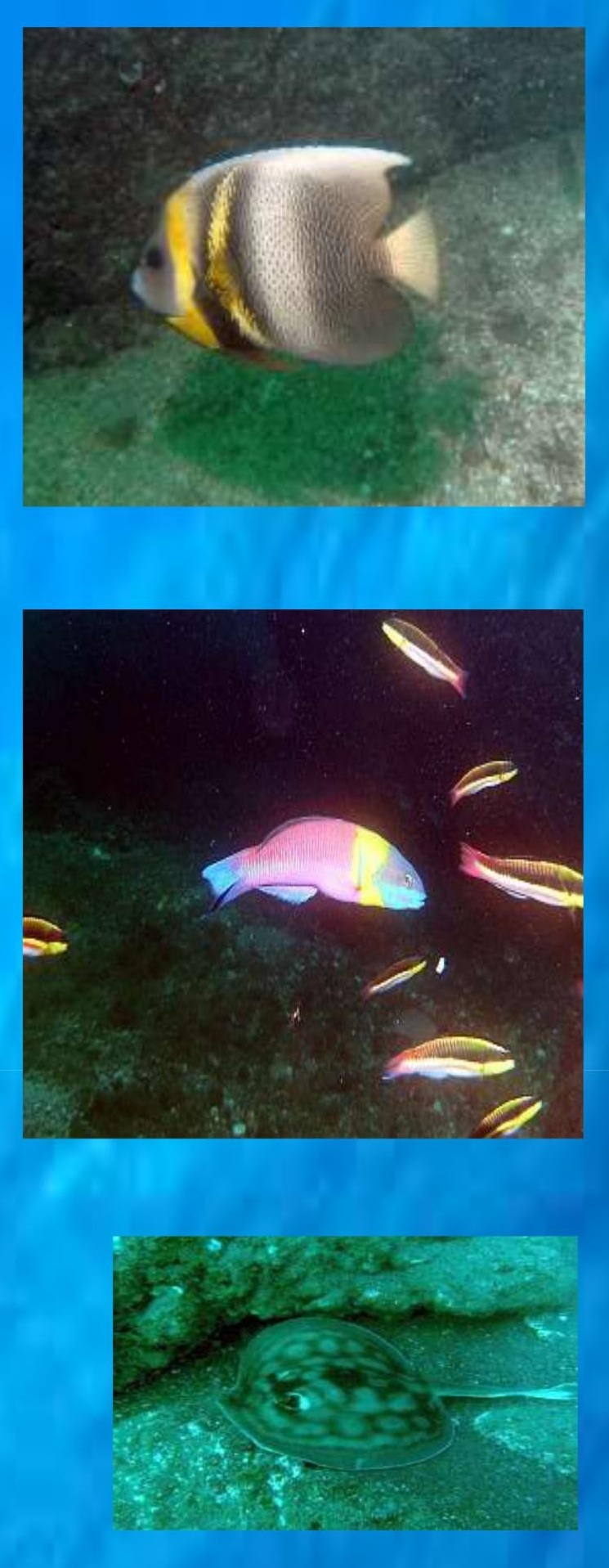

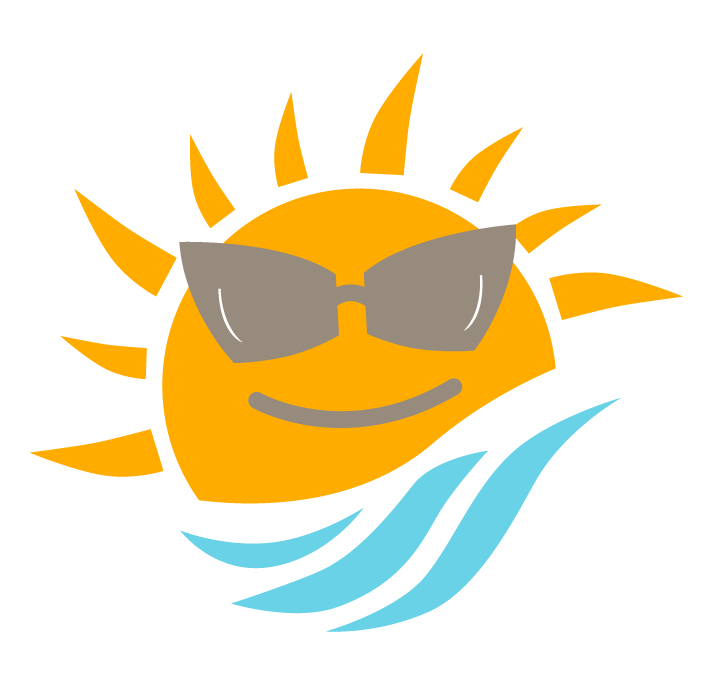
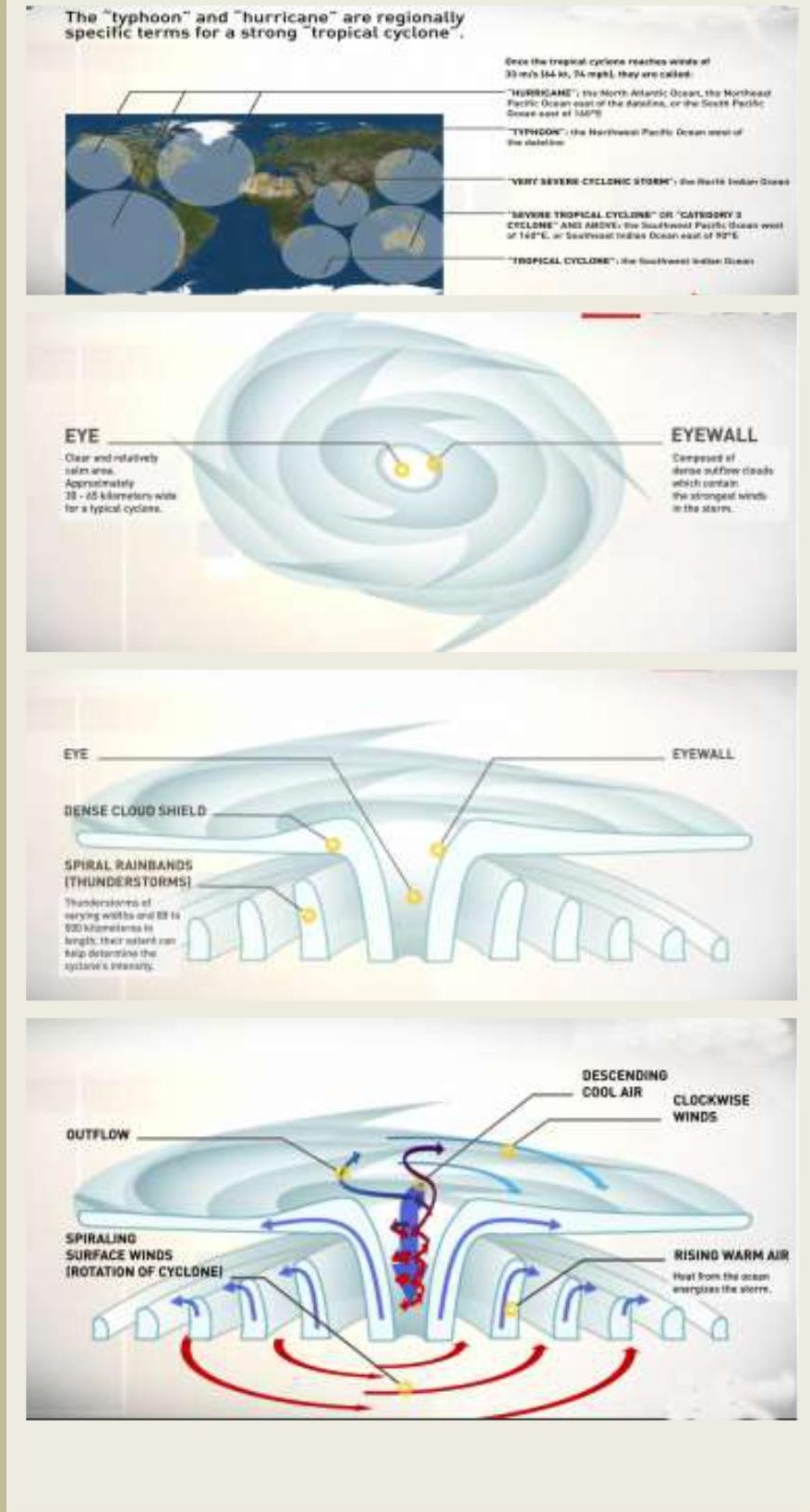
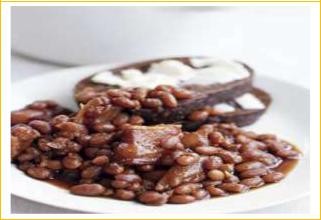
You must be logged in to post a comment.